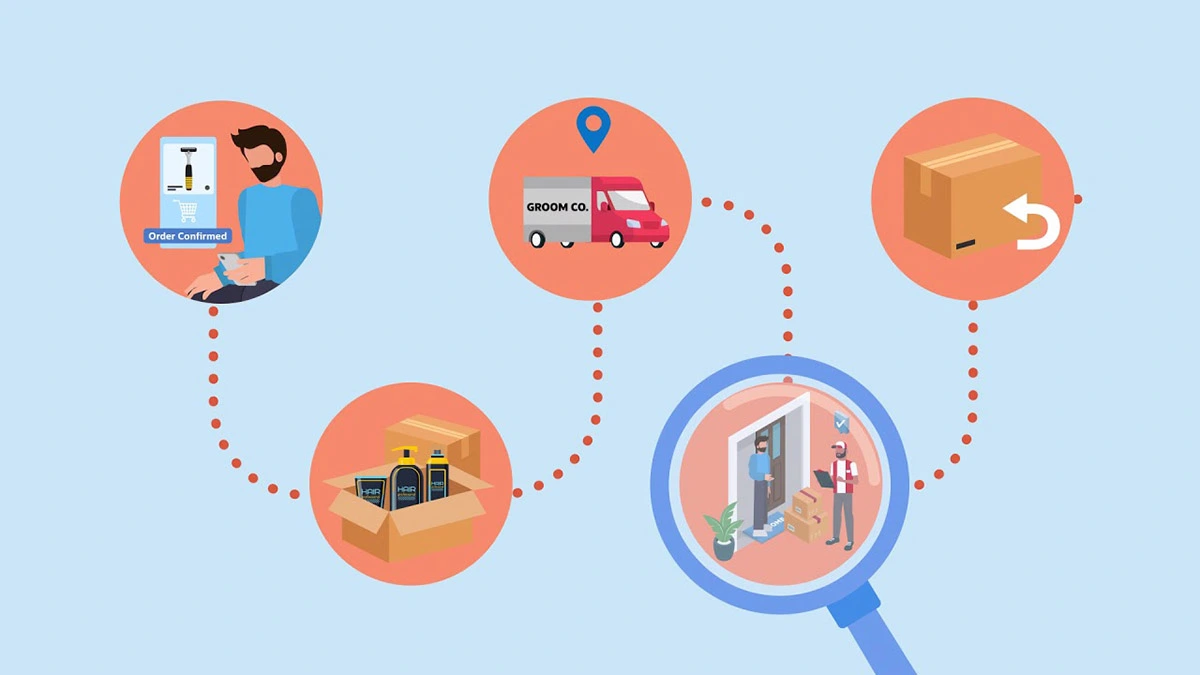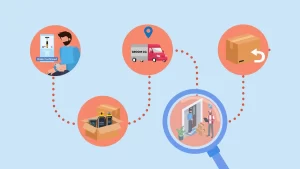Ecommerce Fulfillment: How to Fulfill and Ship Ecommerce Orders
Ecommerce fulfillment is a crucial component of online retail success. It encompasses everything from receiving and processing customer orders to packing and shipping them efficiently. A well-structured fulfillment process ensures customer satisfaction, reduces operational costs, and boosts business reputation. Here’s a comprehensive guide to fulfilling and shipping ecommerce orders effectively.
Understanding Ecommerce Fulfillment
Ecommerce Order Fulfilment Services involve multiple steps, including order processing, inventory management, packing, shipping, and returns management. The goal is to ensure that customers receive their orders accurately and promptly while minimizing errors and delays.
Step 1: Order Processing
When a customer places an order, it enters the order management system (OMS). This system verifies payment, checks inventory levels, and generates a picking list for warehouse staff. Automating this process can enhance efficiency, reducing the chances of human error. Many ecommerce platforms integrate with fulfillment software to streamline order processing and improve accuracy.
Step 2: Inventory Management
Effective inventory management ensures that stock levels are optimized to meet customer demand. Businesses can use inventory management software (IMS) to track stock in real-time, preventing overselling and stockouts. Properly organized warehouses, with labeled shelves and bin locations, help in faster and more accurate order picking.
Step 3: Picking and Packing
Once an order is verified, warehouse staff pick the items from designated storage areas. Accuracy at this stage is essential to prevent incorrect shipments. Businesses should adopt efficient picking methods such as batch picking or zone picking to save time.
Packing involves selecting the right packaging materials to protect items during transit. Fragile products may require bubble wrap or foam inserts, while lightweight items can be shipped in poly mailers. Sustainable packaging options, such as biodegradable materials, are increasingly popular among eco-conscious consumers.
Step 4: Shipping and Carrier Selection
Choosing the right shipping carrier is essential for cost-effectiveness and timely deliveries. Businesses should compare carriers like UPS, FedEx, DHL, and USPS to determine the best rates and services based on package size, weight, and destination. Many ecommerce platforms offer integrated shipping solutions that calculate rates and generate shipping labels automatically.
Shipping options should cater to customer needs, including standard, expedited, and same-day delivery. Providing customers with tracking numbers enhances transparency and improves customer satisfaction by allowing them to monitor their package’s progress in real time.
Step 5: Handling Returns and Exchanges
An efficient return policy builds customer trust and encourages repeat business. Businesses should establish clear return guidelines and provide prepaid return labels for convenience. A seamless returns process includes inspecting returned items, restocking undamaged goods, and issuing refunds or exchanges promptly.
Outsourcing Fulfillment vs. In-House Fulfillment
Businesses must decide whether to handle fulfillment in-house or outsource it to third-party logistics (3PL) providers. In-house fulfillment allows for greater control over the process but requires significant investment in storage, technology, and staffing. Outsourcing to a 3PL provider, such as Amazon FBA or ShipBob, can reduce operational burdens, enhance shipping speeds, and expand global reach.
The Role of Automation and Technology
Technology plays a crucial role in optimizing ecommerce fulfillment. Automation tools, such as warehouse management systems (WMS) and robotic pickers, enhance accuracy and efficiency. Additionally, integrating artificial intelligence (AI) for demand forecasting helps businesses maintain optimal stock levels and prevent overstocking or stockouts.
Improving the Fulfillment Process
To enhance ecommerce fulfillment, businesses should continuously assess and refine their processes. Implementing the following strategies can improve efficiency:
- Optimize warehouse layout: Arrange inventory logically to reduce travel time for pickers.
- Use barcode scanning: Minimize errors in order picking and inventory tracking.
- Offer multiple shipping options: Cater to different customer preferences and budgets.
- Monitor key performance indicators (KPIs): Track order accuracy, shipping times, and customer feedback to identify improvement areas.
- Establish strong supplier relationships: Ensure timely restocking and mitigate supply chain disruptions.
Conclusion
Efficient ecommerce fulfillment is the backbone of a successful online business. By streamlining order processing, optimizing inventory management, selecting the right shipping carriers, and leveraging technology, businesses can ensure prompt and accurate deliveries. Whether managing fulfillment in-house or outsourcing to a 3PL provider, maintaining a seamless fulfillment process enhances customer satisfaction and drives long-term growth.








Post Comment